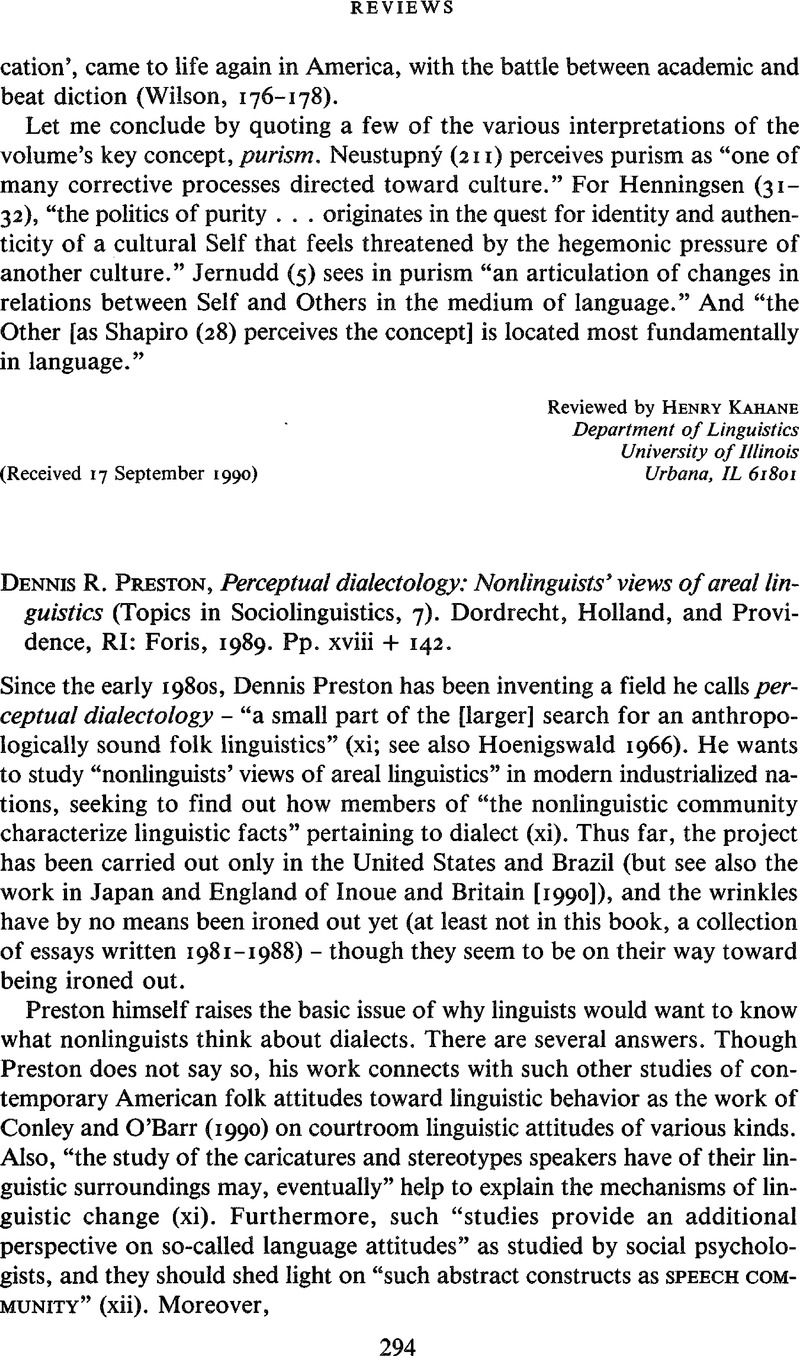Crossref Citations
This article has been cited by the following publications. This list is generated based on data provided by Crossref.
Montgomery, Chris
and
Stoeckle, Philipp
2013.
Geographic information systems and perceptual dialectology: a method for processing draw-a-map data.
Journal of Linguistic Geography,
Vol. 1,
Issue. 1,
p.
52.
Eppler, Eva
and
Benedikt, Josef
2017.
A perceptual dialectological approach to linguistic variation and spatial analysis of Kurdish varieties.
Journal of Linguistic Geography,
Vol. 5,
Issue. 2,
p.
109.
Freitag, Raquel Meister Ko.
Martins, Marco Antonio Rocha
Araújo, Aluiza
Battisti, Elisa
Coelho, Iandra Maria Weirich da Silva
Sousa, Marta Deysiane Alves Faria
Silva, Raimundo Gouveia da
and
Lima-Lopes, Rodrigo Esteves de
2021.
Desafios da gestão de dados linguísticos e a Ciência Aberta.
Cadernos de Linguística,
Vol. 2,
Issue. 1,
p.
01.



